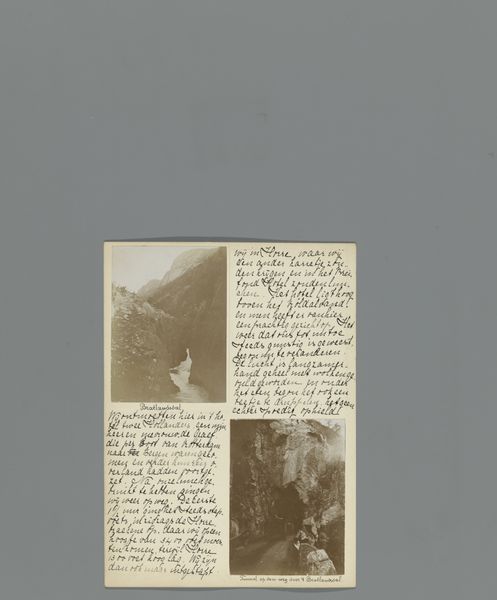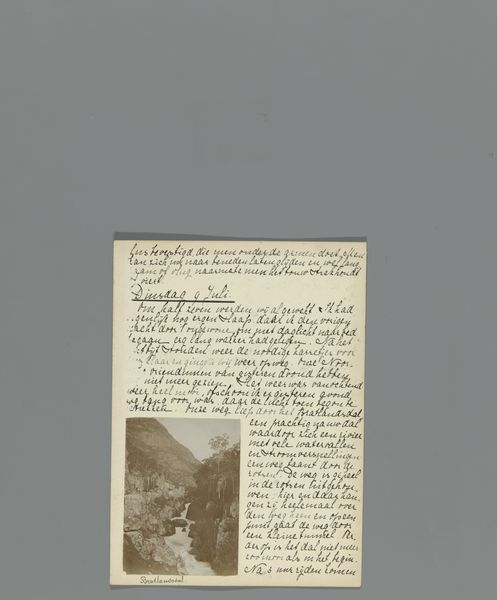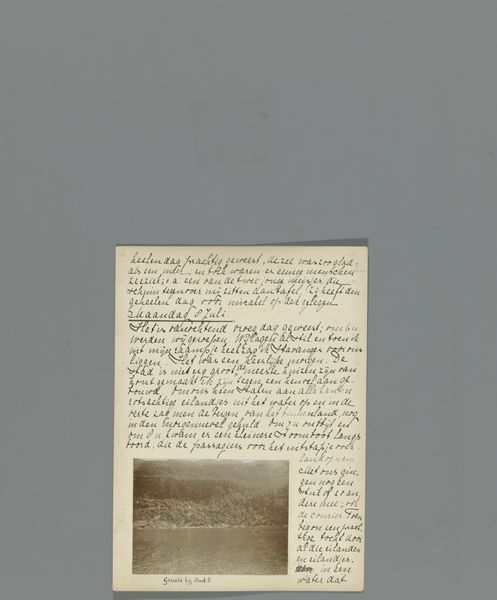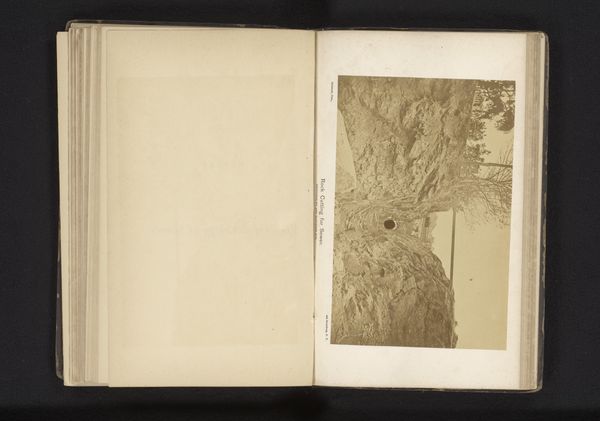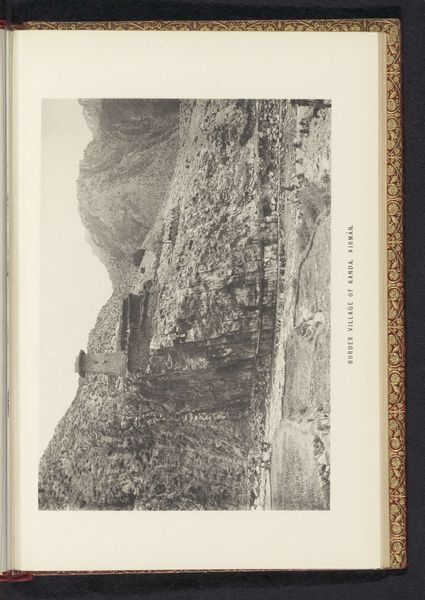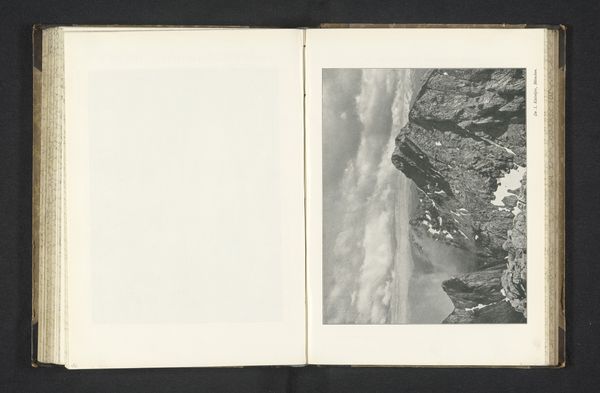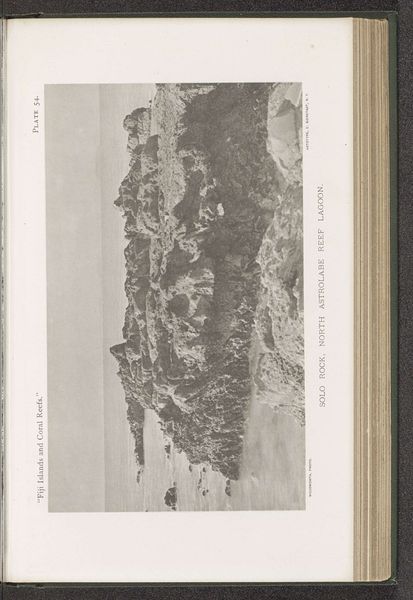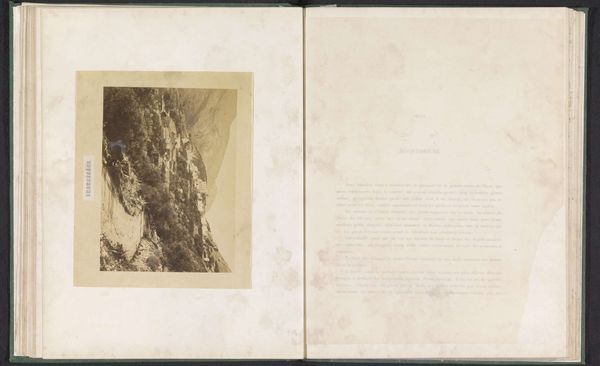
Twaalfde pagina van een dagboek van een reis door Noorwegen met twee foto's van de fjord bij Suldal Possibly 1895 - 1898
0:00
0:00
paper, photography
#
landscape
#
paper
#
photography
Dimensions: height 241 mm, width 175 mm
Copyright: Rijks Museum: Open Domain
Curator: This is the "Twaalfde pagina van een dagboek van een reis door Noorwegen met twee foto's van de fjord bij Suldal," which roughly translates to "Twelfth page of a diary of a trip through Norway with two photos of the fjord near Suldal." We believe it dates to somewhere between 1895 and 1898. The artist is Hendrik Herman van den Berg, and this piece combines photography with handwriting on paper. Editor: My first thought? Melancholy. There's a subdued quality to the photos, and the handwriting, in a spidery ink, emphasizes the artist's solitude or introspection during the travels. The composition feels fragmented; the writing overwhelms the visual, a struggle for prominence, I think. Curator: I see that, and I would emphasize how travelogues and personal diaries like these provide fascinating insight into the cultural perception of landscapes in the late 19th century. Norway, at this time, was becoming an increasingly popular destination, and how artists chose to document this place is significant. The combination of photography and text here speaks to an evolving artistic practice. Editor: Absolutely, and there's also something to be said about how the fjords were experienced as part of a rising cultural trend toward nature. I think that this diary format reveals an intimacy not just of experience, but of cultural encounter. It also highlights the privilege inherent to accessing the landscape. Who had the ability to travel, record, and reflect? What about the voices missing from this narrative? Curator: Indeed, understanding that social context is paramount to unpacking the diary's larger significance. It underscores that visual representation is itself a political act. And in terms of preservation, keeping this historical object—a travel diary mixing word and image, the photographic and calligraphic— allows it to maintain some connection to a place or period. Editor: Thinking about this artwork in contemporary society, it acts as an example of colonial and capitalist structures of exploitation. Even though the photograph seems neutral, there are levels of extraction inherent. This page remains a fragment, a record of individual aesthetic encounter framed within a context of power. Curator: Your insight challenges my perspective and leads to consideration of those elements I’ve been missing in my perception. Thanks. Editor: Absolutely! Thinking more broadly through these frameworks opens doors to crucial dialog around aesthetics and political responsibility.
Comments
No comments
Be the first to comment and join the conversation on the ultimate creative platform.

